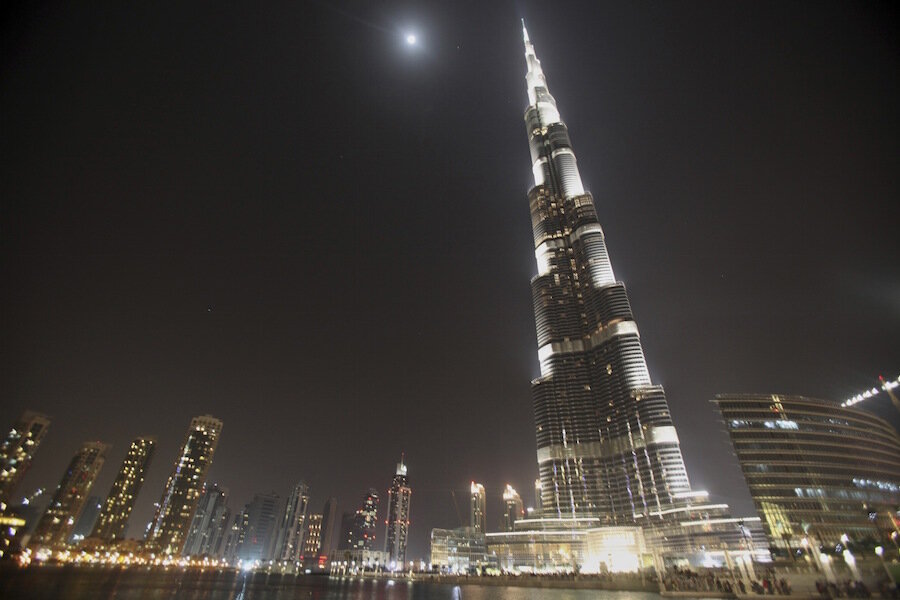Could a man-made mountain increase rainfall in the United Arab Emirates?
Loading...
The next big build in the United Arab Emirates that reaches for the sky may be a mountain.
The UAE is accustomed to pushing the boundaries of engineering. It's the home of the Burj Khalifa, the tallest building in the world. But the latest project could go far beyond previous building projects. The Middle Eastern country is considering developing a massive man-made mountain.
Aided by scientists from the National Center for Atmospheric Research, the UAE is in the "first stage of a man-made mountain project" with hopes that the project could be both feasible and practical in its ability to increase rainfall in a country searching for water, according to news publication Arabian Business.
"What we are looking at is basically evaluating the effects on weather through the type of mountain, how high it should be and how the slopes should be," Roelof Bruintjes of NCAR told Arabian Business. "We will have a report of the first phase this summer as an initial step."
For the UAE, rainfall is nearly as scarce as hot temperatures are abundant. In Dubai, the largest city in the country, and the capital city of Abu Dhabi, average temperatures during the summer months of May through August range from 100 to 107 degrees F. Average precipitation during those same months were 0 to .1mm, according to data from 2000-2012.
To increase the water supply, the country has turned to engineering efforts. The UAE has built several desalination plants, capable of converting saltwater into freshwater, according to The Washington Post. And Arabian Business reported hundreds of thousands of dollars going toward weather modification research, including artificially seeding clouds to produce rainfall.
An artificial mountain could only help, say weather modification experts.
"Mountain ranges lift air masses higher into the atmosphere by orographic lifting," Hans Ahlness, vice president of operations for Weather Modification, Inc., a company that has performed cloud seeding in the UAE and other Middle Eastern countries, said in a phone interview with The Christian Science Monitor. "Obviously it ramps [air] up like a kid on a skateboard going over a curb: high up."
And when air and clouds are forced into higher elevations, there is a better chance they will precipitate and produce rainfall – ideal targets for cloud seeding.
"You can't make clouds make rain, but you can make clouds that are going to snow or rain more efficient," Mr. Ahlness added about cloud seeding.
The process works by injecting an artificial substance into the cloud to promote precipitation. In cold weather environments, an artificial ice nuclei is injected into the clouds to start the freezing process that overflows in the cloud and melts on the way down. In warm weather environments, salt crystals are added to clouds by airplanes on flares that help attract water. Both can be done in the UAE.
But there is a downside: Rainfall is usually prompted on one side of the mountain. On the other, "it would be a little drier" because of the rain shadow effect, Ahlness said.
In some areas this could cause complications with favoring one region over another, in terms of promoting rainfall. And lined up against a border, such problems could cause international disputes. But Ahlness was careful to note the air and clouds in the UAE region are already so dry, it's unlikely it would have much negative affect.
And the project is still early in development. A location, composition, and height has not yet been selected and the feasibility between cost and engineering is still being determined.
"If [the project] is too expensive for [the government], logically the project won't go through, but this gives them an idea of what kind of alternatives there are for the long-term future," Dr. Bruintjes said. "If it goes through, the second phase would be to go to an engineering company and decide whether it is possible or not."








